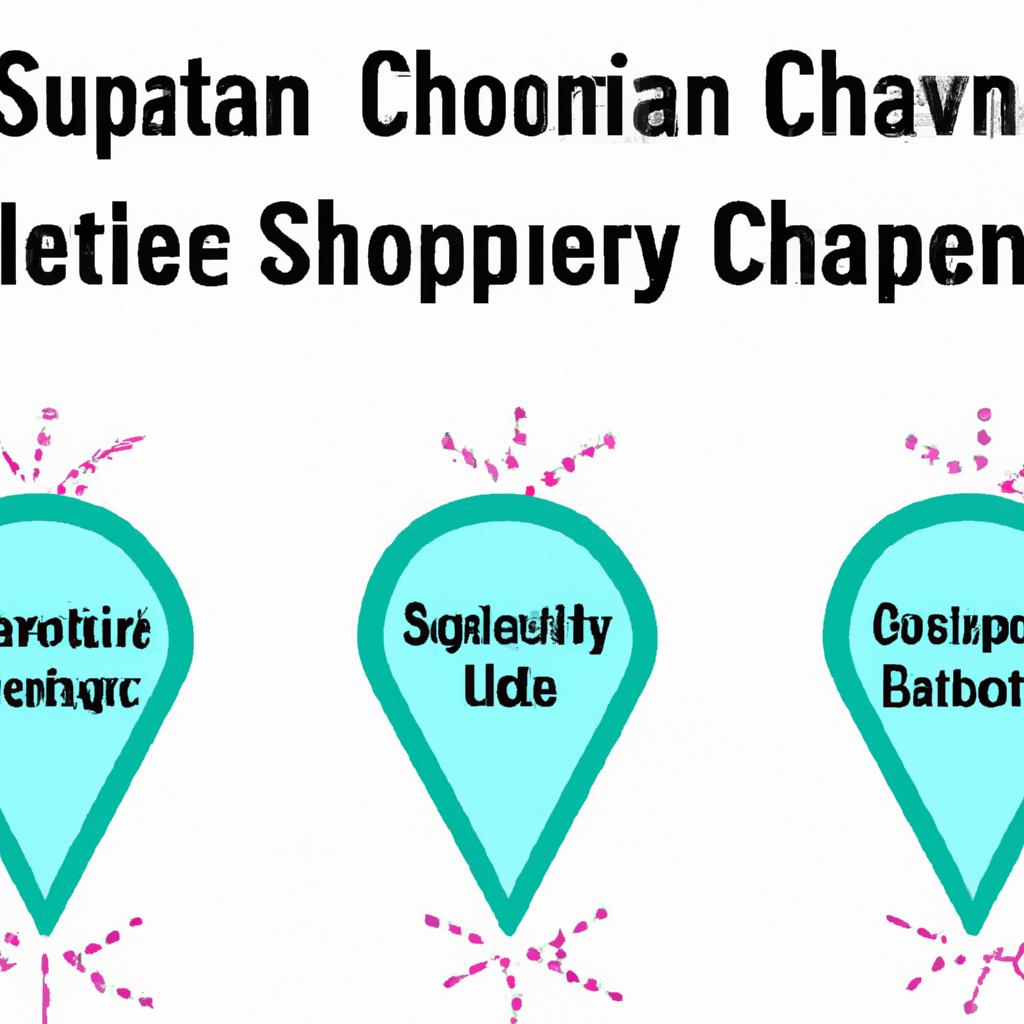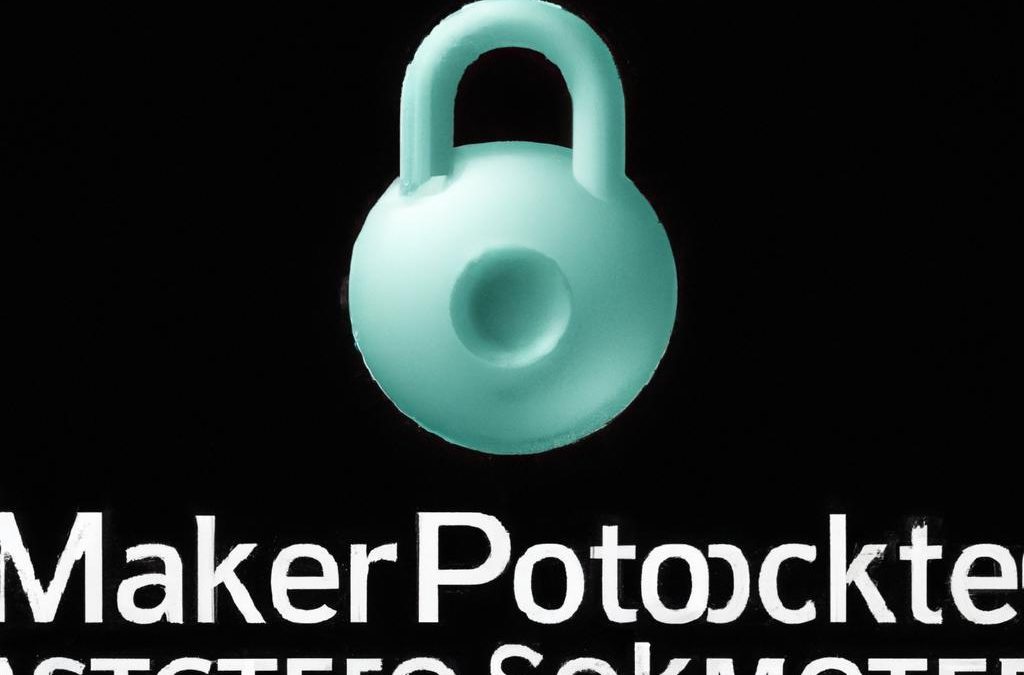
In a world increasingly driven by consumer choices, the origins of the products we buy are often shrouded in mystery. From the artisanal crafts of local markets to the mass-produced items lining supermarket shelves, understanding the journey of these products can transform our shopping habits and redefine our relationship with consumption. “Unveiling the Journey: Essential Shopping Tips to Trace Product Origins” invites you on an insightful exploration of the path products take before reaching our hands. By delving into the stories behind labels, we can uncover the ethical practices, environmental impacts, and cultural significance that often lie hidden beneath the surface. Whether you’re a conscious consumer or a casual shopper, these essential tips will empower you to make informed decisions and foster a deeper connection with the items you choose to bring into your life. Join us as we navigate the intricate web of product origins and unveil the narratives that enrich our everyday purchases.
Understanding Product Labels to Discover Authentic Sources
Delving into product labels offers a powerful gateway to uncovering the authenticity of your purchases. **Ingredients** and **origin information** are pivotal pieces of the puzzle. When examining the label, look for **certifications** such as organic, fair trade, or non-GMO, as these can signify a commitment to quality and ethical sourcing. Additionally, take note of the **country of origin**; labels that proudly display their manufacturing locales often indicate transparency and a connection to the source. Some brands may even provide a detailed story about their suppliers, enriching your understanding and enhancing your shopping experience.
To further enhance your knowledge, familiarize yourself with key terminology and make informed choices. Consider the following essential label elements:
- Certification Icons: Look for badges that denote verified sourcing practices.
- Expiration Dates: Freshness is key; ensure products are within their intended shelf life.
- Ingredients List: Short lists usually indicate fewer artificial additives, suggesting a more genuine product.
- Brand Transparency: Brands that disclose their supply chain practices foster trust and authenticity.
Moreover, if you’re evaluating food products, it can be helpful to visualize the distinctions in quality across different groups. Consider this concise table that highlights various certification standards:
| Certification | Description |
|---|---|
| Organic | Follows strict farming practices, avoiding synthetic fertilizers and pesticides. |
| Fair Trade | Supports equitable trade practices, ensuring fair compensation for producers. |
| Non-GMO | Indicates that products are free from genetically modified organisms. |
| Grass-Fed | Signifies that animals were primarily fed grass, leading to more natural meat products. |
Understanding these markings can transform how you view products and invest in quality and authenticity while navigating the marketplace. By being deliberate in examining product labels, you take significant steps toward making informed purchasing decisions that align with your values and the well-being of the planet.

Navigating Supply Chains for Informed Shopping Choices
Understanding the journey of a product from its origin to your hands can transform your shopping experience. When you begin to decode supply chains, you’ll find a web of relationships connecting farmers, manufacturers, and retailers. Engaging with this network is not just about knowing where a product comes from; it empowers you to make informed choices that align with your values. Here are a few strategies to help you navigate this landscape:
- Research Brands: Investigate the companies behind the products you buy. Look for transparency in their practices and understand their sourcing policies.
- Trace Certifications: Seek out labels that indicate ethical sourcing, such as Fair Trade, Organic, or Non-GMO, which often provide insights into a product’s origins.
- Engage in Conversations: Don’t hesitate to ask questions at local markets or stores. Knowing the stories behind the products enhances your connection to them.
- Utilize Technology: Leverage apps and websites that track supply chains and provide information on product origins, making it easier to shop consciously.
Moreover, visualizing supply chain logistics can further enhance your understanding. A simple overview can help clarify how products traverse different stages before reaching consumers. The table below highlights common misconceptions versus reality regarding supply chains:
| Misconception | Reality |
|---|---|
| All products are sourced locally. | Many items travel long distances and are sourced globally. |
| Price equals quality. | Higher prices don’t always guarantee ethical production methods. |
| Brand loyalty ensures ethical choices. | Not all trusted brands prioritize sustainable sourcing. |
The Conclusion
understanding the origins of the products we purchase is not merely a trend; it’s a conscious journey toward mindful consumption. By employing the shopping tips outlined in this article, you can navigate the marketplace with greater awareness and purpose. As you embark on this voyage of discovery, you’ll not only enhance your own shopping experience but also play a part in fostering a more sustainable and responsible economy. So the next time you reach for an item, consider the story behind it—the artisans, the materials, and the impact on the world. In traceable choices lie the power to make informed decisions, champion ethical practices, and support the very essence of what true quality means. Happy shopping!
















